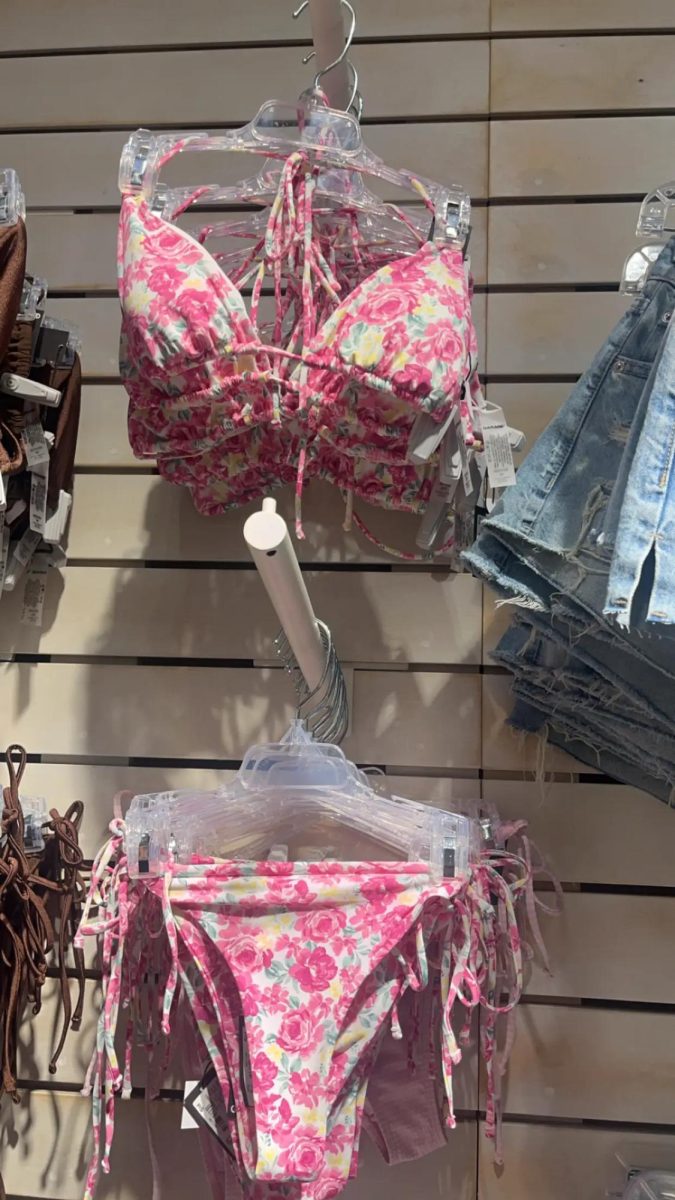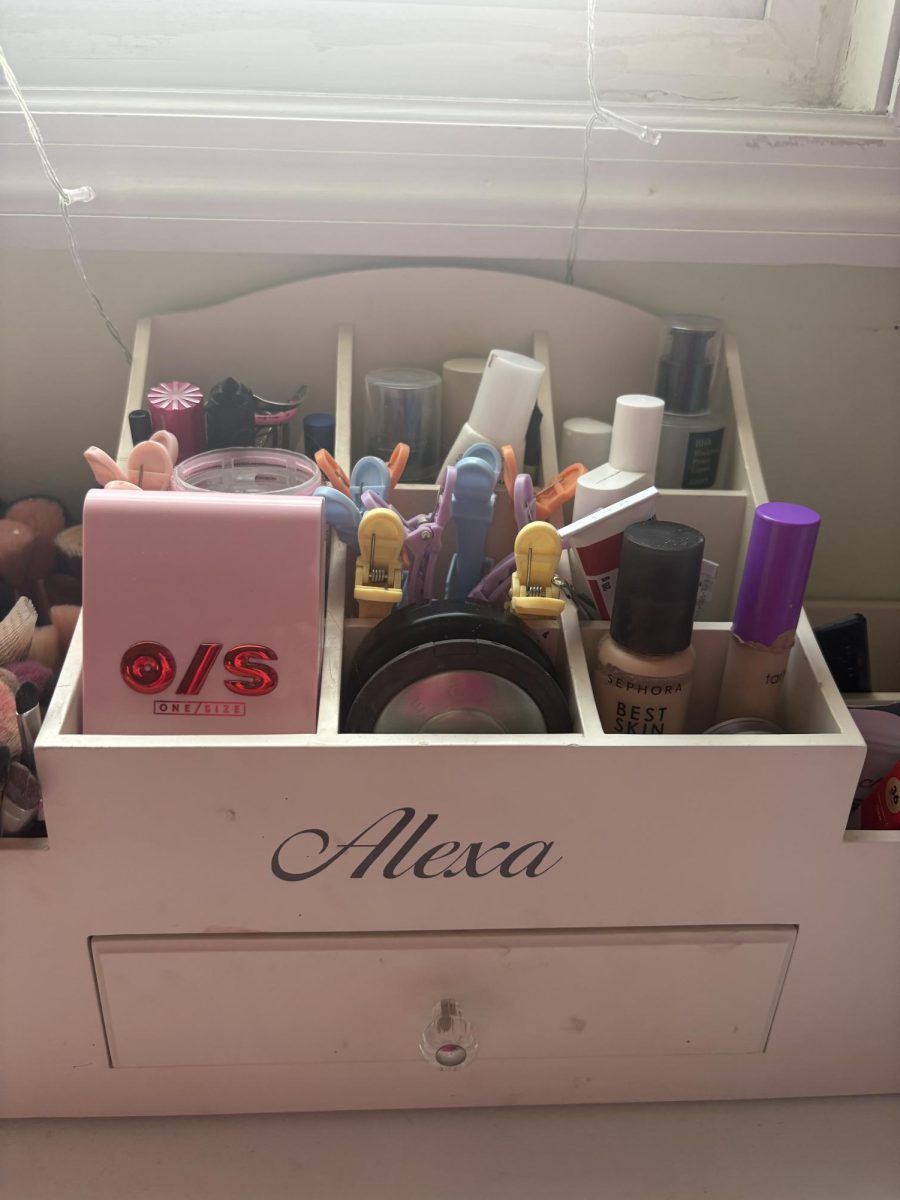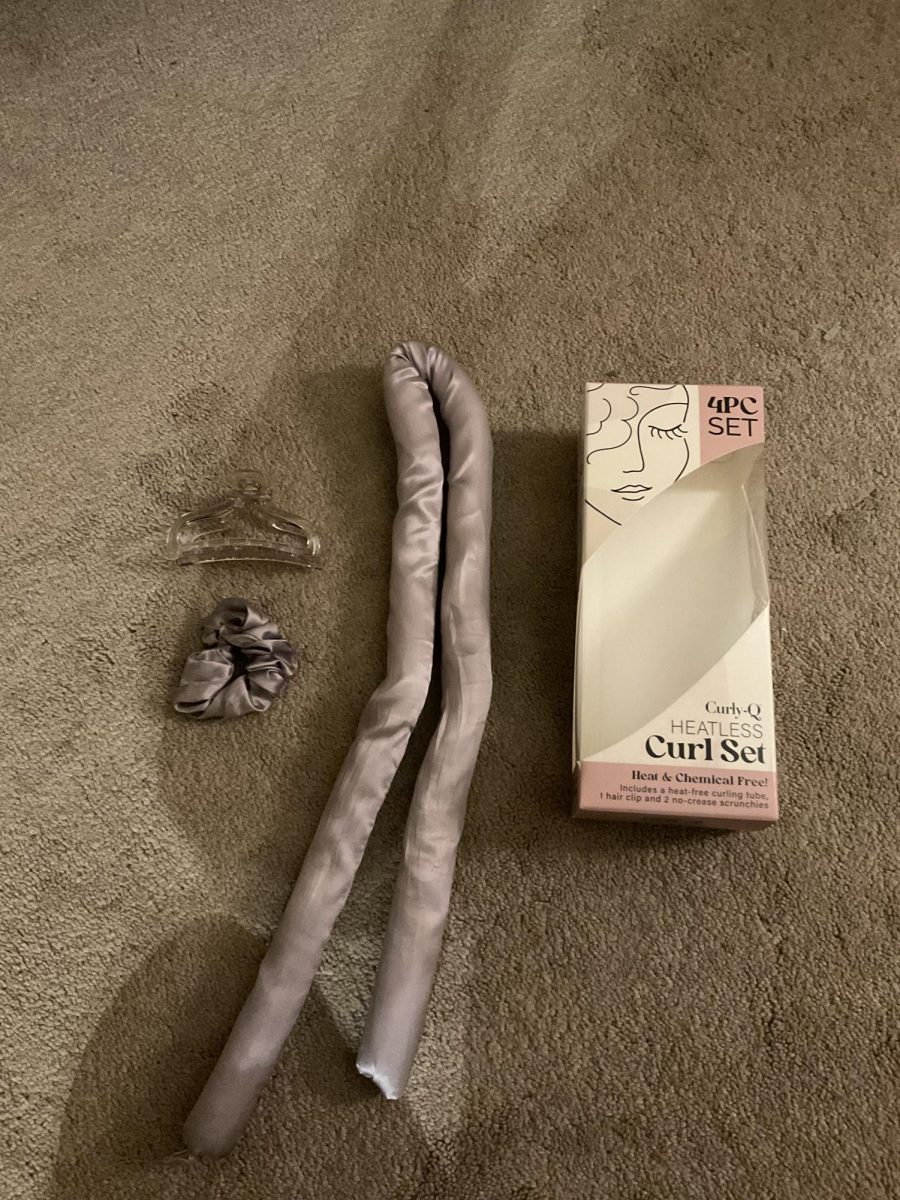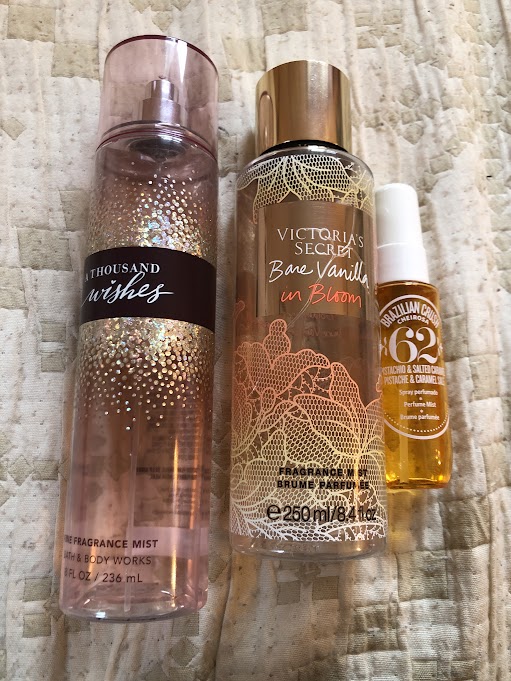When buying clothes, we expect them to be clean, unused and ready to wear. But that is not true. Clothes from stores are often worn by multiple people and then put back on the store’s tables and mannequins.
Clothing is the most returned item purchased by consumers. Captial One Shopping reports that in 2023, clothing consumers returned $373 billion from retail sales. 58% of consumers purchase products in multiple sizes and return items that don’t fit.
Journey of a clothing piece
Any sales associate in a clothing store can tell you that the journey of a garment. Listening to what they have witnessed can make you question the definition of “brand new.” It starts in the back stock room, where workers unpack boxes and tag clothes fresh off shipment. The associate says, “A worker probably coming off their break with greasy fingers from Chick-fil-A is unpacking and tagging clothes.” After unpacking, clothes may sit in storage for weeks, collecting dust, before finally reaching the sales floor.
Next, depending on how much room there is on the store floor, the clothes are put in the back of the fitting room to get ready to be put on the sales floor. Sometimes the clothes in the back don’t touch the sales floor for weeks which can lead to dust collection. Even when clothes are on the sales floor, the amount of people who touch and pick up the clothes you’re buying is equivalent to a joystick at Chuck E. Cheese.
People trying on clothes in the fitting room
This may be news for many people, but retail stores don’t have washing machines in the back room. That’s the thing. The clothes don’t get washed even after people try it on or return it. At many stores, the fitting room’s attendant’s job is to collect the clothes from the fitting room after someone uses them and sort them into their designated zone to be ready to put right back out on the store floor.
One worker at a clothing store in the mall who usually gets put on the fitting room job was questioned about their opinion on the clothes put out after people try them on. (The retail worker preferred to remain nameless so they wouldn’t jeopardize their job.) “Honestly, it’s so gross, especially in the summer when we sell bikinis. I don’t know how people don’t notice it either. Most of our clothes have visible deodorant stains.”
The protocol when it comes to deodorant stains at most retail stores is just to steam it out. For example, if a shirt is full of deodorant stains from someone trying it on, workers have to steam the shirt until the deodorant is no longer visible. Although the deodorant may be invisible after steaming, that doesn’t get rid of the bacteria, skin oil or sweat.
Returns
People try to turn intimate items like underwear and bathing suits all of the time. Even big stores like Costco will allow customers to return previously purchased underwear “at any time after purchase for a full refund or exchange as part of Costco’s 100% satisfaction guarantee promise” according to Green in Black & White.
Allison Walker, former Hot Topic and American Eagle employee, had customers returning all sorts of items. “People have tried to return underwear which we didn’t allow to be returned.” Other strange return Walker experienced was body jewelry like belly button rings after they brought it home and tried it on but didn’t like how it felt. Thankfully, those items were not returnable.
Reducing risks by washing before wearing
To protect yourself, washing your clothes immediately after purchase is a smart habit everyone should adopt. By putting the newly purchased clothes through the wash it can remove a significant amount of bacteria, allergens, and chemicals. Making sure your new clothes are clean before wearing them is a simple step to protecting your health. It is suggested that new clothes should be washed on hot or steamed.
Not something people want to think about is bringing bedbugs home when bringing clothes from the store into your dwelling. Pestworld.org recommends, “Inspect clothing carefully for bed bugs before purchasing. Even if you choose an item from an undisturbed pile, bed bugs could still find their way onto clothing. Pay particular attention to the inside seams, looking for any signs of sticky white eggs, shed skins and the bugs themselves. Notify the store manager immediately if you suspect the clothing displays signs of bed bugs.”










